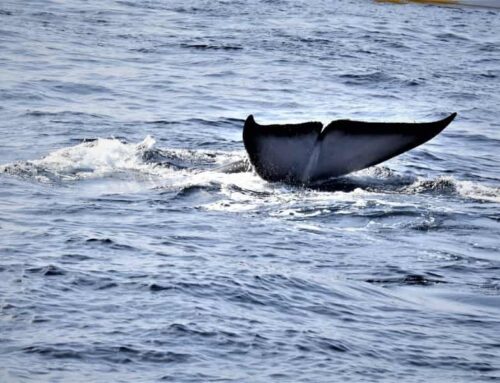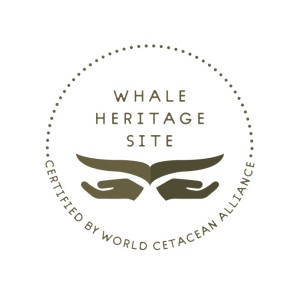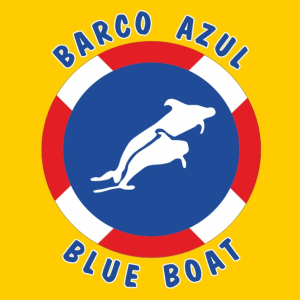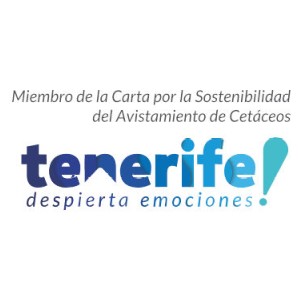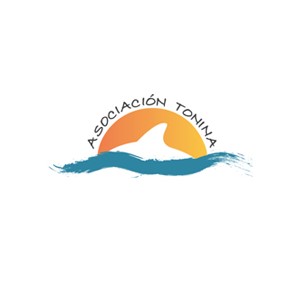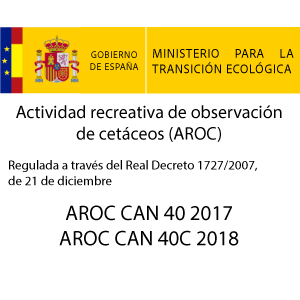How to Choose the Perfect Whale Watching Trip
Committed to all quality standards.
Choosing the best whale watching excursion can make all the difference between a simple boat trip and a truly unforgettable experience. Tenerife, thanks to its subtropical climate and strategic location in the Atlantic, offers a multitude of possibilities to connect with marine life in a respectful and safe way. Below, we present a detailed guide covering everything from the existing types of tours to safety considerations, including the extras that enrich each journey and the importance of reviews when choosing a tour operator.
How to Choose the Best Cetacean Watching Tour
To make the best decision, it’s worth analyzing in detail what kind of experience you’re looking for, what your priorities are (budget, proximity, privacy, sustainability), and what the availability is on your planned travel date. By following the right steps, you can maximize your chances of encountering species like the pilot whale or the bottlenose dolphin, while also contributing to the conservation of these majestic animals.
Here, we break down the main factors you should consider before booking.
Types of Tours Available in Tenerife
Choosing the right tour is the first big step towards a wonderful experience. Tenerife offers multiple options, each designed for different traveler profiles and expectations.
- Excursions on large capacity boats:
- Capacity and atmosphere: These vessels typically carry up to 150 passengers, depending on their size. They are ideal for those who want an economical experience and don’t mind sharing space with other tourists.
- Defined routes: Generally, the route is quite stipulated, and the sailing time usually ranges between 2 and 3 hours. It’s common for them to include stops for swimming or enjoying the scenery, as well as a snack.
- Affordable price: They tend to be more economical than other modalities, making them perfect for smaller budgets or families traveling in groups.
- Small Sailboat Departures
- More personalized experience: With a smaller capacity, usually a maximum of 10 people, they offer close attention from the crew and the possibility of adapting the itinerary based on the group’s preferences.
- Quiet navigation: Being sailboats, noise pollution is lower, which is a plus for whale and dolphin watching. Additionally, the small size of the vessel facilitates a more intimate approach to cetaceans (always respecting the recommended distance).
- Mid-range price: Generally, costs are slightly higher than on catamarans or larger capacity boats, but the experience is more intense and exclusive.
- Personalized Excursions (Photography, Educational, or Snorkeling)
- Educational focus: Some companies include talks on marine biology, migrations, and conservation, which enriches the experience and promotes respect for cetaceans.
- Snorkeling or diving: In certain tours, the possibility of swimming or diving in safe areas that don’t disturb the animals is added. This is a great opportunity to get a closer look at Tenerife’s seabed.
Offer Adaptability
The variety of tours allows for combining different elements. The important thing is to define your main interests and find the offer that best aligns with them.
Choosing Between a Private or Group Tour
Beyond the type of vessel, another key decision is whether you want exclusivity or company:
- Private Tours
- Personalized experience: By being able to reserve the boat just for you and your group (whether friends, family, or colleagues), you have greater flexibility with the route and even the duration.
- Attention to detail: The crew usually provides very close service, answering questions and adjusting the experience to your needs, for example, making longer stops to observe groups of whales or dolphins.
- Budget: This exclusivity and adaptability usually come with a higher cost, although the final price can be amortized by dividing it among all group participants.
- Group Tours
- Socializing with other travelers: It’s stimulating to meet people with similar interests and share the excitement of each sighting.
- Fixed schedule: Departures usually occur at specific times, so the experience is more standardized.
- More affordable cost: It’s spread among the different participants, making them ideal for those looking for an economical but quality option.
Key Factors for Deciding
- Group size: A private tour for two people might be too expensive, but for a large family, it could be more cost-effective and comfortable.
- Level of intimacy: If you prefer tranquility and value individual service, a private tour is for you. If, on the other hand, you enjoy the social atmosphere and don’t mind sharing space, a group tour will suffice; you also have the option of small groups.
Safety and Animal Welfare Considerations
Safety and respect for cetaceans must be absolute priorities when booking your excursion. A truly unforgettable experience is one that protects the marine environment.
- Approach Distances and Speeds
- Responsible operators maintain a minimum distance that avoids stressing the animals and reduces the risk of collisions.
- The vessel’s speed is adapted so as not to interfere with the natural behavior of whales and dolphins.
- Certifications and Regulations
- Look for companies that comply with cetacean protection regulations, authorization from the Ministry for Ecological Transition, and the Blue Flag from the Government of the Canary Islands.
- In the case of Tenerife, possessing the Tenerife Tourism Quality Charter demonstrates that they are trustworthy companies that maintain good practices, in addition to promoting ecological education.
- Trained Crew
- A captain and guides with experience in marine biology or conservation can guide you on animal behavior, making you feel safe and teaching you to value them more deeply.
- Impact on the Ecosystem
- Ask if the company participates in research projects. This indicates a greater commitment to the environment.
- Avoid companies that offer direct swimming with whales or dolphins; in Spain, this activity is prohibited, as it can alter animal behavior and pose a risk to travelers.
Tour Extras and Personalizations
To make the journey truly special, many companies offer extras or complementary services that can elevate the quality of the experience:
- Onboard Lunches
- The possibility of tasting local gastronomy at sea is a great attraction; operators offer different options.
- Be sure to inform about allergies or dietary restrictions so they can adapt to your needs.
- Educational Activities
- Talks on marine biology, informative presentations, and educational games for children can complement the tour and make it more enriching.
- Getting to know the species you’re going to see better, their migratory routes, or their diet will allow you to appreciate each sighting much more.
Reviews and Recommendations for Tour Operators
Last but not least, it is essential to rely on the opinions of other travelers and the reputation of each company.
- Review Platforms
- Google Maps, TripAdvisor, or social media like Facebook and Instagram often gather testimonials from visitors who have already experienced the tour.
- Look for detailed comments that mention staff behavior, boat cleanliness, and respect for animals.
- Travel Blogs and Specialized Websites
- Many travel bloggers and journalists share in-depth reviews, providing tips and firsthand photos.
- Comparing different viewpoints will allow you to get a more accurate idea and avoid unpleasant surprises.
- Customer Service
- Before booking, you can test the company’s communication: Do they respond quickly to your messages? Are their explanations clear? This can be an indicator of professionalism and commitment.
- Friendliness and good customer service are almost as important as technical knowledge, especially if it’s your first time on a sighting tour.
How to Identify Real Reviews
- Be wary of excessively brief or overly positive/negative opinions without substance.
- Value reviews that describe the experience in detail (what animal was sighted, how the organization was, if there were setbacks and how they were resolved).
Conclusion
Choosing the perfect whale watching excursion in Tenerife requires analyzing several aspects: the type of tour, the modality, the safety of the vessel and respect for the welfare of cetaceans, as well as the extras that will make your trip to sea a unique experience. Don’t forget to base your decision on the experiences of other travelers and the reputation of the company you select.
Ultimately, the most important thing is to feel that your choice not only gives you the opportunity to see whales and dolphins up close, but also contributes to their preservation and promotes sustainable tourism. By following these tips, you’ll be one step closer to turning your dream of observing cetaceans into an unforgettable reality.
